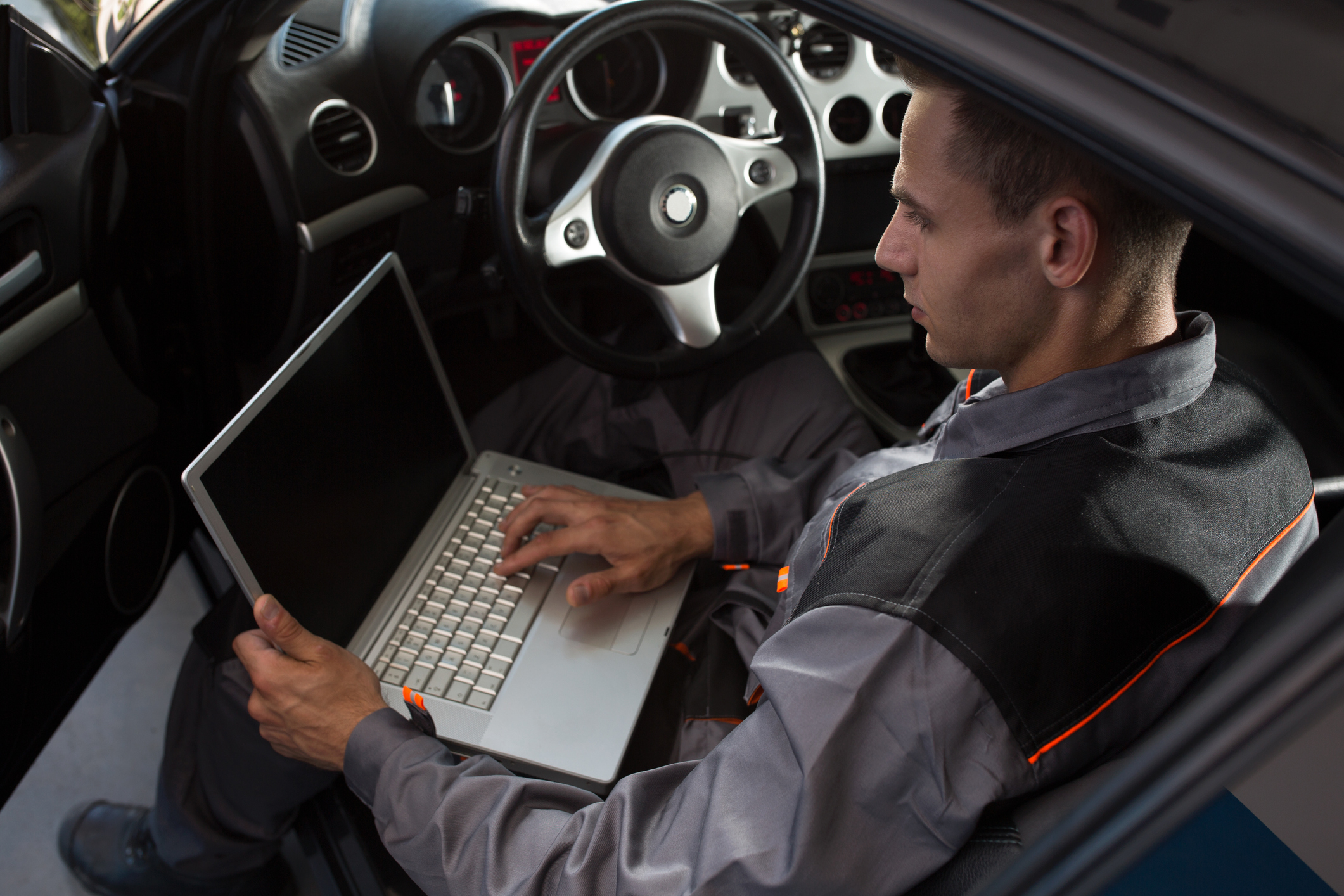As technology advances, vehicles become more and more complex. According to Brian Wayne, of Fiat Chrysler Automobiles, the new Chrysler Pacifica has over 200 computers built into it!
At the annual NACE expo this summer, a panel of industry professionals representing OEMs and insurance companies discussed the recent official statements of several OEMs regarding the need for diagnostic scans both before and after all collision repairs.
Mike Anderson, owner of of Collision Advice, moderated the panel, which included representatives from State Farm and Farmers Insurance, as well as Audi of America, American Honda, Toyota, Fiat Chrysler, General Motors, Nissan, and Collision Diagnostic Services.
Why Are Scans Necessary?
Because vehicles today are so complex, manufacturers are concerned that the fragile systems inside them won’t function correctly following an accident. Dashboard warning lights exist to warn drivers when something isn’t working properly, but not every system sets off a warning light. Even when warning lights do go off, a scan tool is required to identify the problem.
Some of the systems installed into newer vehicles are there for safety. During the panel, participants discussed the Seat Weight Sensor as an example of one that can easily be thrown off in a collision. This system weighs the front passenger and determines whether it is safe to deploy the front airbag in the case of an accident.
Chris Toby, the panel representative from Honda simplified the issue, comparing the Seat Weight Sensor to a bathroom scale. He said, “Would you throw your bathroom scale against a wall and expect it to weigh you accurately afterward?”
Early in the discussion, Anderson asked, “How would a shop know that there is a problem with a vehicle if there is no dash light? How else can they tell? Can they do a visual inspection?”
Audi rep, Mark Allen, replied, “Those systems are there for safety and collision avoidance. Scan the car.”
Insurance Carrier Opinions
The insurance representatives who were present at the discussion indicated that they would appreciate a little more clarity regarding when scans are actually necessary.
State farm representative, Chris Evans, said, “A scan isn’t always necessary… We don’t always want to have to pay for one. What if you replace something where no embedded technology exists?”
Collision Repair Techs: Stuck in the Middle?
In the panel, all of the vehicle manufacturers discussed recent and upcoming official statements, and all of them support both pre and post collision repair scans. Unfortunately, this leaves collision repair shops in the middle of a battlefield.
Scanning technology, insurance expectations, and safety requirements are not yet standardized across the industry.




